Coffee English super popular science
Coffee has been more and more deeply integrated into Chinese life, especially for the younger generation.
However, is everyone aware of the various categories of coffee? What do lattes, mochas and cappuccinos refer to respectively?
Today, British University will come to popularize this question ~ by the way, popularize the English words related to coffee ~
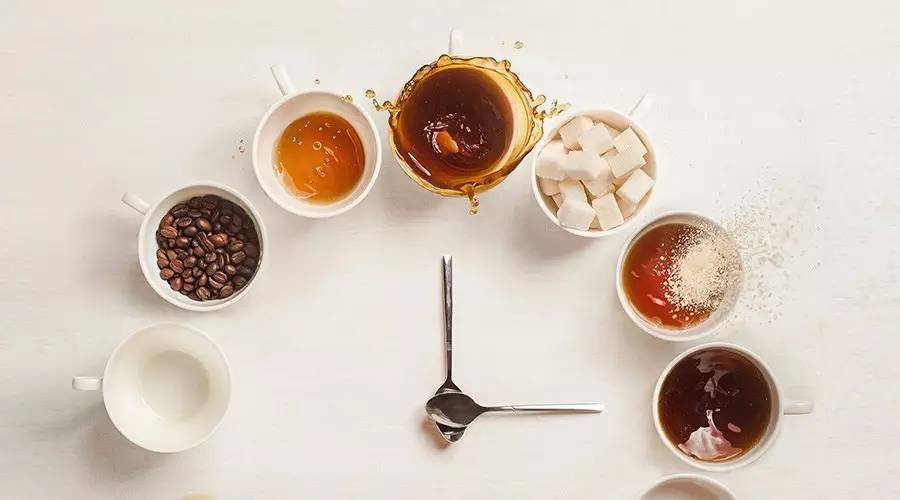
1. Espresso espresso
[e-mail / 39 / spres / spres]
Also known as "espresso", "espresso", "Italian eight-fold concentration"
Is the coffee essence (coffee essence) extracted by the espresso machine (espresso machine), each serving is a very small cup, very bitter.
Its quantifier is generally not cup, but shot.
Nowadays, many coffee shops use espresso as the coffee base, and then mix other kinds of coffee.
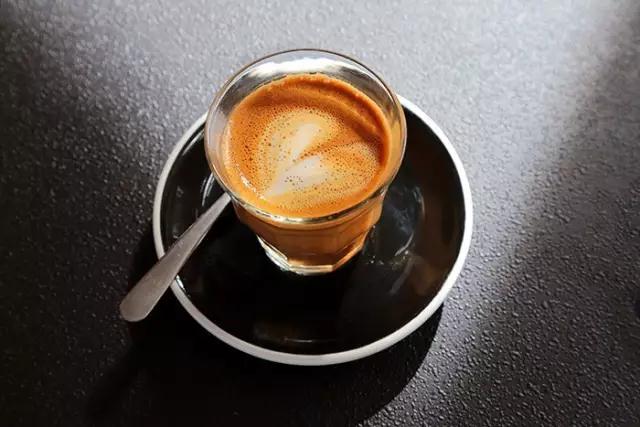
2. Americano American Coffee
[fan, meri' Kanying]
1 to 2 points of espresso (1-2 shots of espresso) is diluted with water (dilute) and becomes American coffee.
It's actually black coffee (black coffee).
It is said that the name americano was first used by the Italians to run on Americans, "do you want water to drink coffee?"
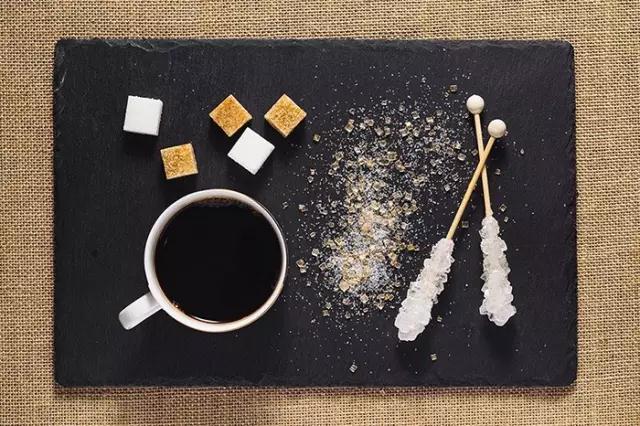
3. Black Coffee black coffee
Therefore, now in order to distinguish it from American coffee, the coffee brewed directly with coffee beans and coffee powder is called black coffee.
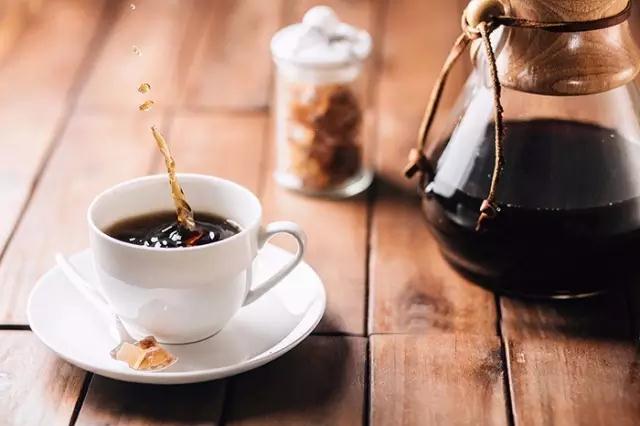
4. Latte latte
[& # 39late]
Add some milk to the espresso and it becomes a latte.
The full name should be "coffee latte" (coffee latte), because latte means "milk" in Italian.
So,
When many people go to Starbucks for the first time, they think that "black tea latte" is black tea-flavored coffee, but when they order it, they find it is a cup of milk tea.
It is said that there is also a kind of milk coffee that is very similar to a latte, called mellow white or plain white coffee (flat white). Basically, it is to add less milk and better understand the original flavor of the coffee.
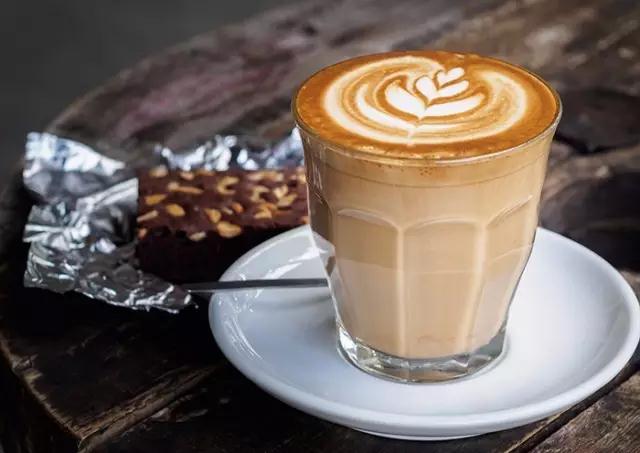
5. Au Lait O'Lei
[Yongu & # 39Shi le]
A kind of coffee from France. Ole, like a latte, is a kind of coffee with milk. However, it is not made of Italian coffee, but with ordinary black coffee with milk, so the taste is not so strong.
Like a latte, au lait is an acronym.
The full name is coffee au lait (Ole Coffee)
Au lait means "and milk" in French.
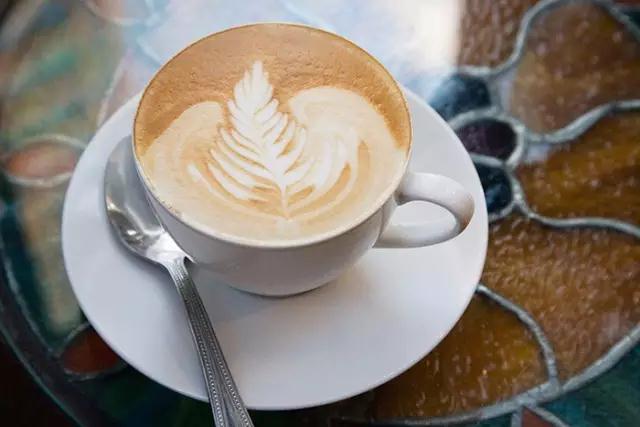
6. Coffee Mocha/Mocha mocha / mocha
[& # 39th m / k]
In espresso.
Add chocolate syrup (chocolate syrup) and milk, plus milk (milk foam) and chocolate chips (chocolate chips) to make mocha coffee.
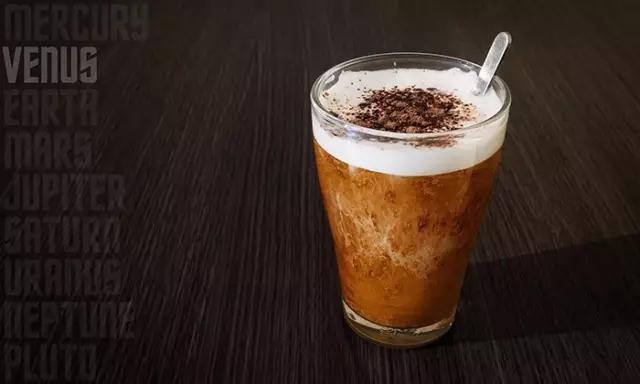
Important Notice :
前街咖啡 FrontStreet Coffee has moved to new addredd:
FrontStreet Coffee Address: 315,Donghua East Road,GuangZhou
Tel:020 38364473
- Prev
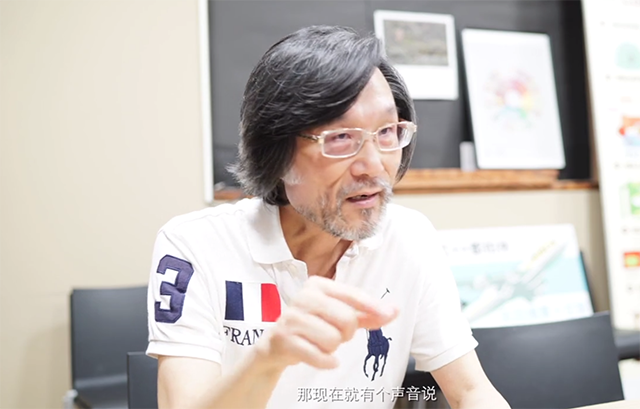
Video sharing of Fine Coffee author: Han Huaizong's Fine Coffee World
For the exchange of professional baristas, please follow the coffee workshop (Wechat official account cafe_style). After three years and 400000 words, Han Huaizong, an old urchin in Taiwan's coffee industry, tried his best to analyze the latest international coffee trends, introduce the most complete coffee varieties and producing areas, analyze famous beans, and teach cup testing and brewing practice. it is a complete teaching manual for heavy coffee lovers! It took 3 years, pen ploughing
- Next
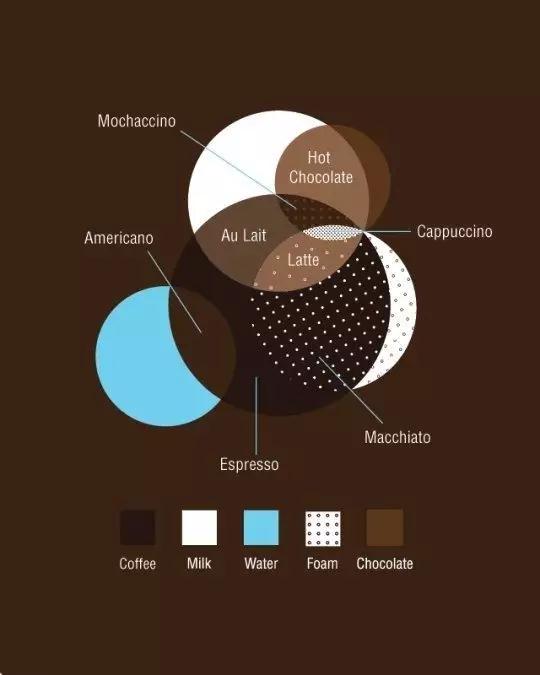
Coffee English Super Science Popularization (2)
Cappuccino cappuccino [, kputin] is a cappuccino with a layer of milk foam on top of the latte. The regular way to drink is in a pre-heated ceramic cup (in a pre heated ceramic cup). Many places end up sprinkling chocolate powder (chocolate powder) on top. It also has two variants: wet capp
Related
- Beginners will see the "Coffee pull flower" guide!
- What is the difference between ice blog purified milk and ordinary milk coffee?
- Why is the Philippines the largest producer of crops in Liberia?
- For coffee extraction, should the fine powder be retained?
- How does extracted espresso fill pressed powder? How much strength does it take to press the powder?
- How to make jasmine cold extract coffee? Is the jasmine + latte good?
- Will this little toy really make the coffee taste better? How does Lily Drip affect coffee extraction?
- Will the action of slapping the filter cup also affect coffee extraction?
- What's the difference between powder-to-water ratio and powder-to-liquid ratio?
- What is the Ethiopian local species? What does it have to do with Heirloom native species?

